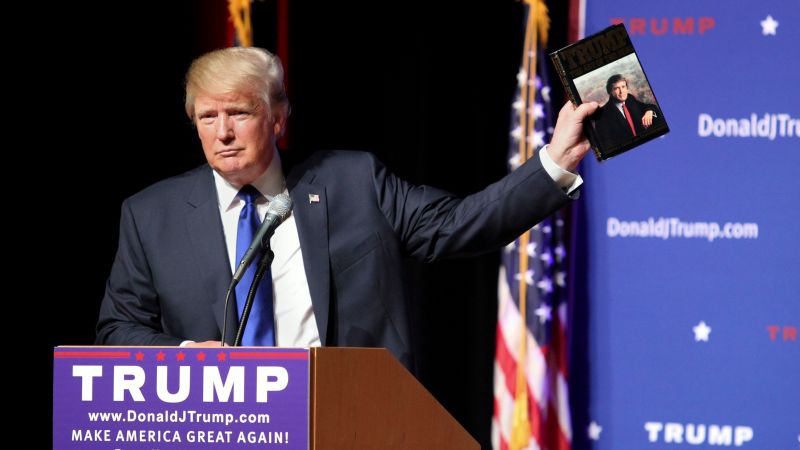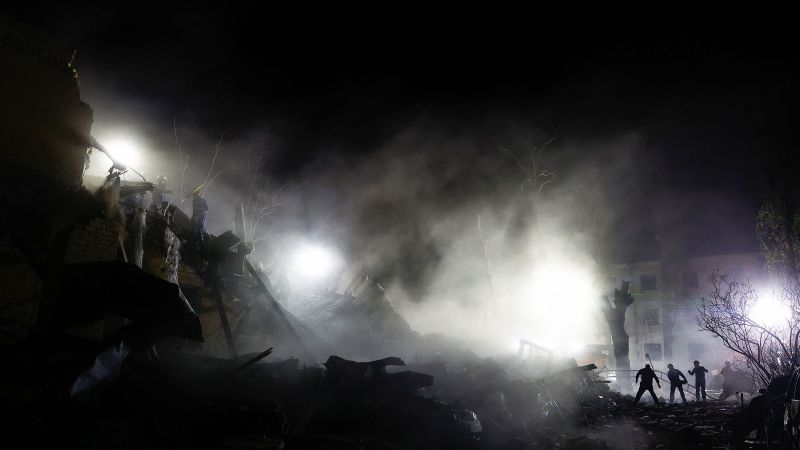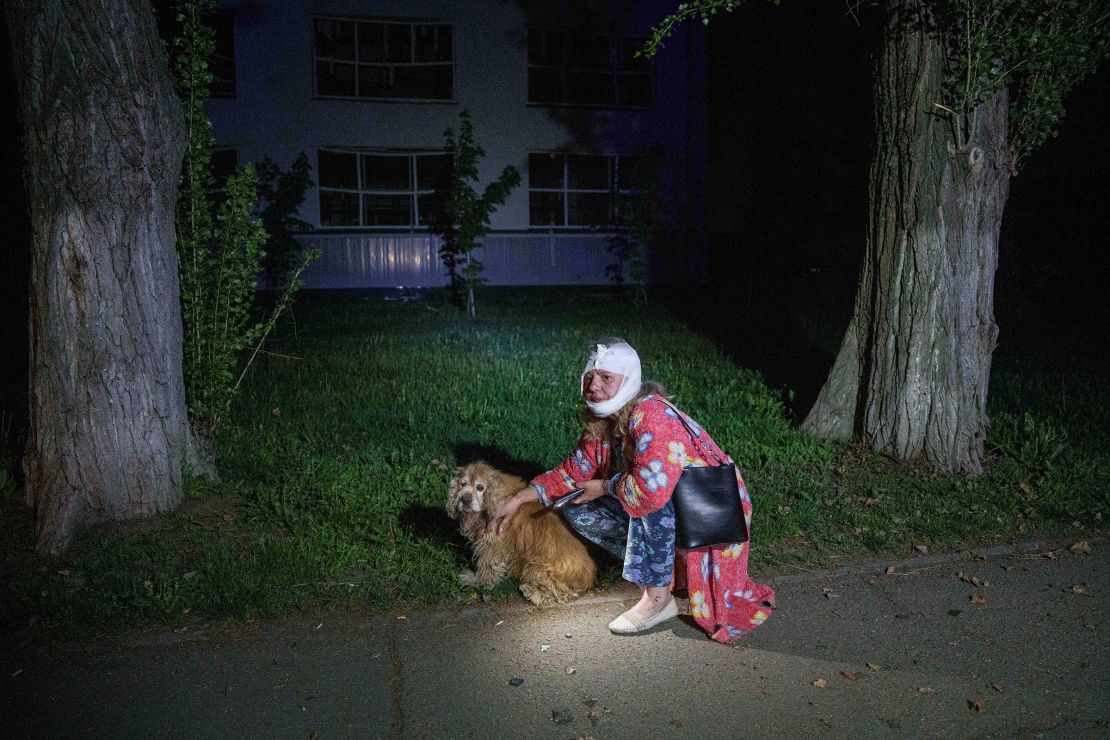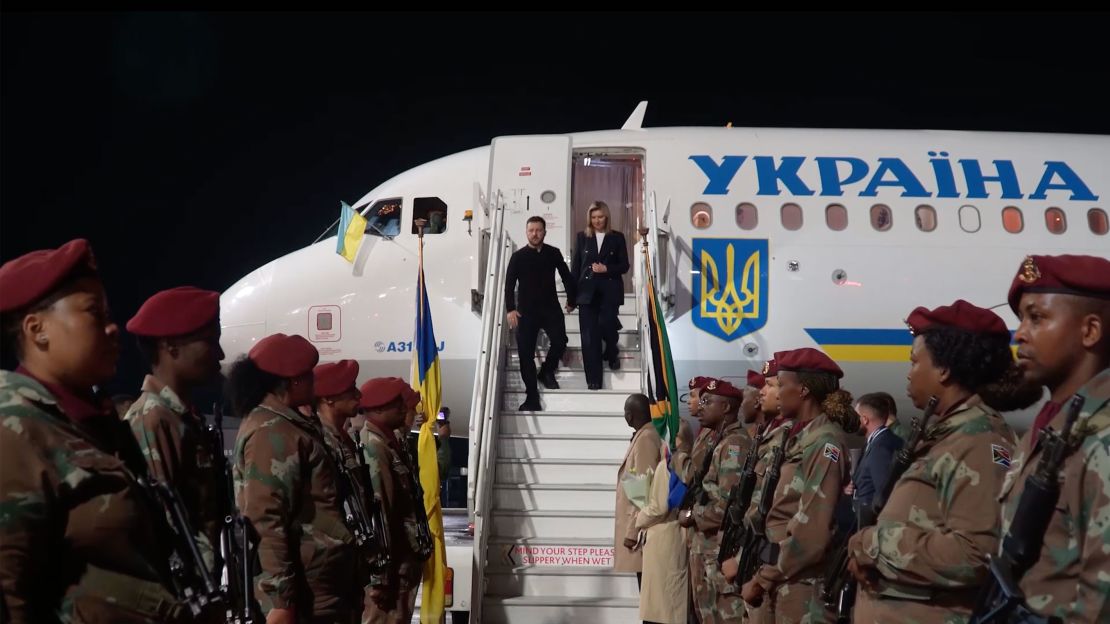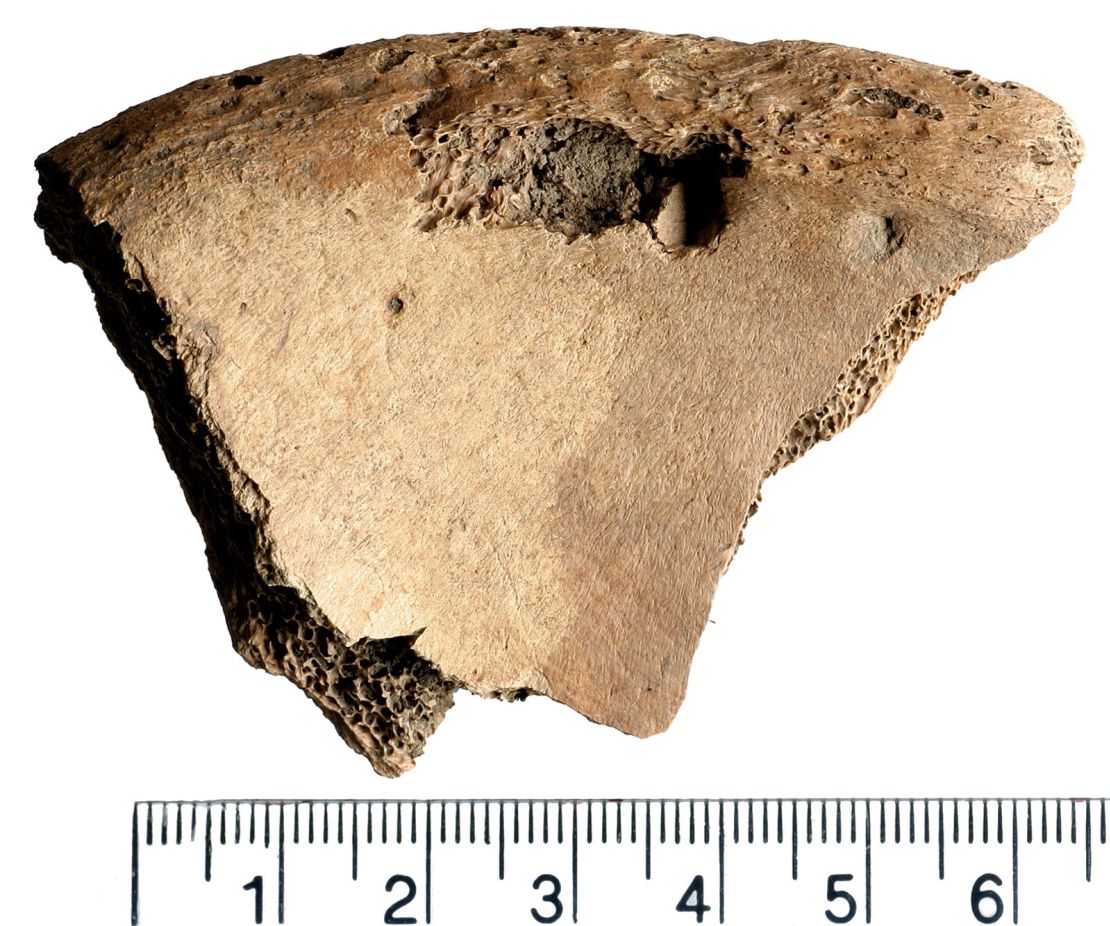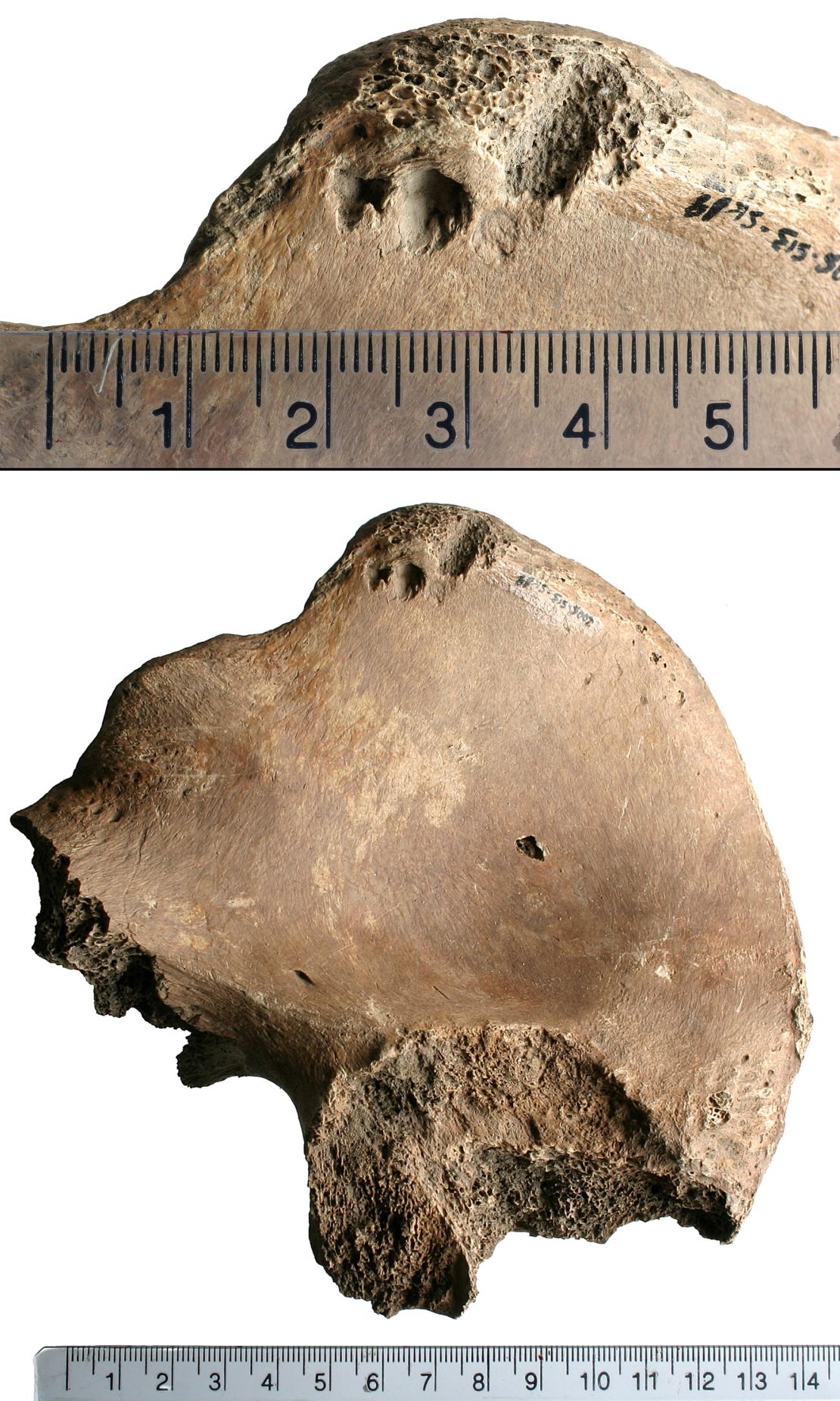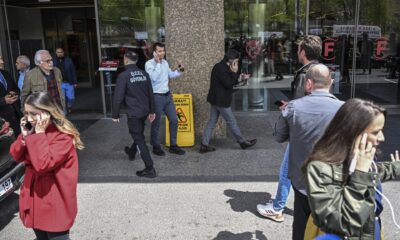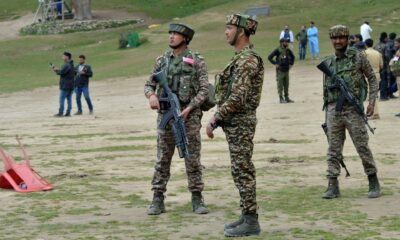CNN
—
“The Art of the Deal” opens with an exhausting fly-on-the-wall account of a week in the life of Donald Trump the real-estate shark. He’s never still, always on the phone and cranking out deal-after-deal with big business pals.
The president hoped the first 100 days of his second term would uncork a similar torrent of dealmaking as depicted in the seminal text of Trumpism.
But Trump has softened his tone on his trade war with China; he blinked over reciprocal tariffs on dozens of other nations; and he is fast losing patience with the Ukraine war, which he had predicted he’d end in 24 hours. Deals are proving more elusive when the stakes are not skyscrapers and casinos but entire economies, the credibility of powerful foreign leaders and national sovereignty.
Trump’s belief that every policy issue is a win-lose proposition has dominated his return to the White House – and has led to some nominal successes.
He’s worked out, for example, how to use his considerable executive authority as leverage against an adversary. By threatening to cut security clearances, he won concessions from some top law firms. By brandishing billions of dollars in government funding, he flexed power over several top universities. This is all ethically and constitutionally questionable. But it’s all about chalking up “wins.”
Trump’s fellow businessmen understand the game. The president offered an opt-out from 145% Chinese tariffs to iPhones following an “Art of the Deal”-style call with Apple CEO Tim Cook.
But the president is also finding out that geopolitics and global trade negotiations have little in common with selling a condo.
China and Ukraine resist Trump’s pressure
So far, the endless stream of stunning trade deals predicted by the president’s staff after he paused many tariffs for 90 days hasn’t materialized.
China has balked at being bullied.
And despite the president’s growing fury, Ukraine’s President Volodymyr Zelensky has refused so far to accept onerous US conditions for ending the war started by Russian President Vladimir Putin – who has received no such pressure.
If Trump does pull a fair peace deal out of the hat in Ukraine, he’ll potentially save tens of thousands of lives and end three years of vicious killing. If he can rebalance US trade with China, he’ll go some way to redressing economic injustices in industrialized regions gutted by globalization.
None of these initiatives are closed. But they are all testing the core mythology of Trump as dealmaker that is crucial to his political appeal.
He caricatured his own approach taken to its logical and cruel extremes earlier this year when he suggested moving Gaza’s entire population of more than 2 million people out of the territory devastated by Israel’s war with Hamas. He promised that this feat of ethnic cleansing would allow the US to build the “Riviera of the Middle East” with no thought of the dignity and sovereignty of Palestinians.
Not surprisingly, his hopes for forging Middle East peace have stalled.
China’s President Xi Jinping doesn’t do diplomacy by phone.
Beijing’s preference for formal, painstaking lower-level talks among officials before presidents meet means Trump’s approach to his China trade war was questionable from the start – as was the idea that Xi would bend following the humiliation of facing 145% tariffs that Trump slapped on Chinese goods. After all, his nationalist political project is based on remaking a world that he regards as unfairly shaped by American power.

Almost all US presidents over the last 20 years have been frustrated at China’s refusal to open its markets to US products, among other issues, including Chinese intellectual property theft. Intimidating Beijing might have worked 25 years ago. But China is now a superpower. It can hurt the US as much as the US can hurt China.
“I think the Chinese are going to feel vindicated,” Richard Haass, president emeritus of the Council on Foreign Relations told CNN’s Kasie Hunt. “We imposed tariffs on China; China pushed back with large tariffs of their own. It looks to be the United States that is backing down. From China’s point of view, this is how they hoped it would play out.”
Beijing’s refusal to blink was predictable, although the White House, which seems to lack expertise on China, appeared surprised.
“If a negotiated solution is truly what the US wants, it should stop threatening and blackmailing China and seek dialogue based on equality, respect and mutual benefit,” Chinese Foreign Ministry spokesperson Guo Jiakun said Wednesday. “To keep asking for a deal while exerting extreme pressure is not the right way to deal with China and simply will not work.”
Trump’s statements on Tuesday and Wednesday that tariffs wouldn’t stay near 145% and that he wouldn’t play “hardball” with Xi were a clear change of emphasis from a White House that had been demanding a call from the Chinese leader. It comes amid rising political pressure in the US – not least from tanking stock markets destabilized by Trump’s tariff policies, which have crushed the 401(k) pension plans of many Americans. Next year’s midterm elections are already spooking GOP lawmakers. Trump just met with CEOs who warned of supply chain crunches and shortages if China tariffs stay high. And a new Pew Research poll found Wednesday that the president’s approval rating has slumped to 40% — down 7 percentage points since early February.
China might have learned from the previous episode of Trump’s tariff war, which was marked by an earlier climbdown. Earlier this month, the president paused reciprocal tariffs on dozens of countries only hours after they’d come into force. He admitted he’d been watching alarming developments in the bond market as America’s reputation as a safe investment haven came under severe pressure.
The White House saved face on that occasion by arguing that scores of nations were lining up with attractive trade deals to bring to the president. But so far, no final agreements have emerged. Genuine trade deals typically take years to negotiate, since they require politicians of all sides to make painful political concessions on issues that often impact powerful constituencies. The US is, for example, insisting that Europe open its markets to US meats from hormone-raised livestock, a concession EU leaders would struggle to impose on their voters.
Despite the evidence of China’s hardline statecraft, Trump still appears convinced that what he calls his “great relationship” with Xi will unlock a deal quickly. “Everything’s active. Everybody wants to be a part of what we’re doing,” he told reporters on Wednesday. Hours later however, Treasury Secretary Scott Bessent, who is being credited with masterminding Trump’s walk back on tariffs laid out a less optimistic timeline for meaningful change in trade with China. He spoke of a “two- to three-year timeline for the full rebalancing” of the relationship – in a scenario that would require Beijing’s cooperation.
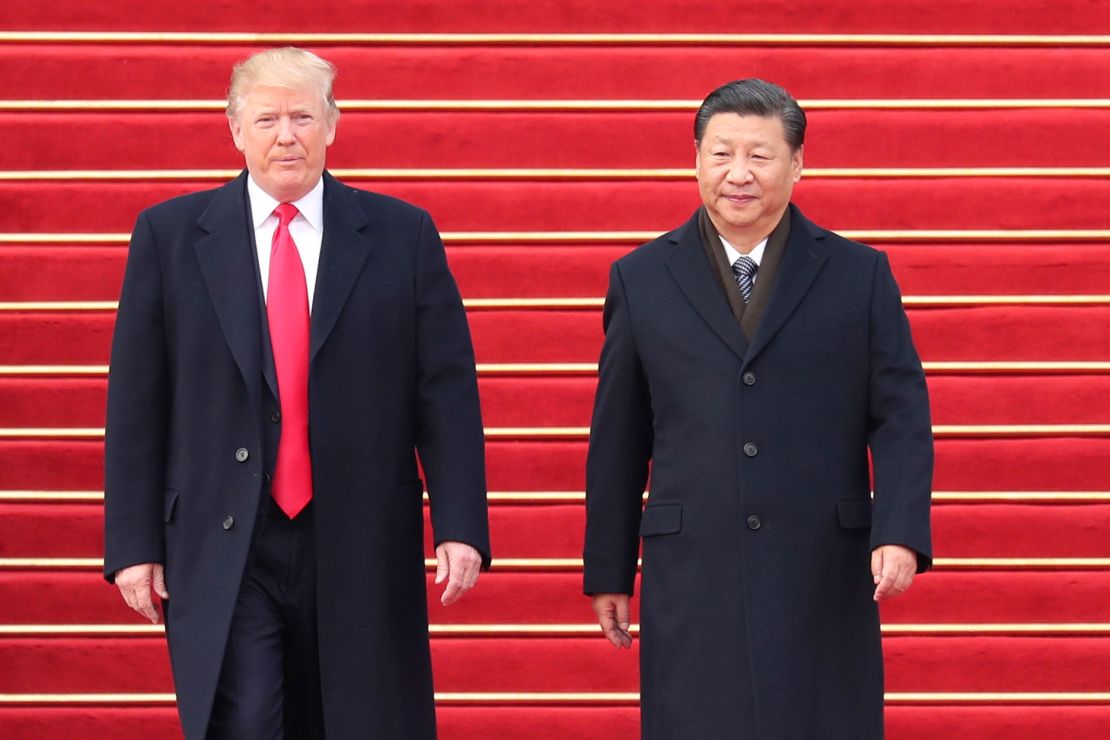
The White House insists that Trump’s policy is working already. It regularly publishes lists of incoming investment to the United States. It’s true that some nations are using such inflows to impress the president. But this might also signal that they think they can buy him off with flashy headlines without fundamentally altering the character of their full trading relationship.
Still, many Trump supporters retain their belief in his mystical dealmaking powers. “Trump is an incredibly strategic negotiator. He’s the best there is, “ former Trump adviser Stephen Moore told CNN’s Brianna Keilar. “Eventually … they (China) will come to the negotiating table and the US will come out ahead in this negotiation because the situation is so unlevel right now.”
Trump’s attempts to impose his vision and will on Ukraine mean that his efforts to forge a peace deal have been as unsuccessful as his trade wars. As with China, some of his approaches appear not to appreciate the political forces acting on foreign leaders.
The president, for instance, expressed frustration with Zelensky on Wednesday because of his failure to sign up to a US-drafted agreement that appears to lock in many of Russia’s goals while compromising Ukraine’s sovereignty.
“The situation for Ukraine is dire — He can have Peace or, he can fight for another three years before losing the whole Country,” Trump wrote on Truth Social. “We are very close to a Deal, but the man with ‘no cards to play’ should now, finally, GET IT DONE.”
White House press secretary Karoline Leavitt said the president’s “patience is running very thin.” She added, “He needs to see this thing come to an end.”
Trump is angry about Zelensky’s opposition to America’s proposed recognition of Russian sovereignty over Crimea – a region annexed illegally by Putin in 2014.
Yuriy Boyechko, CEO of Hope for Ukraine, a nonprofit organization, explained such a move would be politically impossible for Zelensky. “The only way it can be done is through a change of (the) Ukrainian constitution, and to get that done, referendums need to take place; the Ukrainian Parliament has to approve this amendment to the constitution; and (Ukraine’s) highest court has to rectify this before Crimea can be recognized as Russian territory.”
Boyechko added, “Surrendering Ukrainian territory to Russian occupiers will never be ratified by the Ukrainian Parliament and the Ukrainian people will never vote for it.”
The US approach comes after weeks Trump repeatedly escalated pressure on Ukraine while bringing his plans more closely in line with Russia’s goals, a process accelerated by US envoy Steve Witkoff’s frequent visits to Putin. The administration is also trying to negotiate a deal to exploit Ukraine’s rare earth mineral resources, which critics have likened to economic colonization of a vulnerable nation.
While Trump is angry at Ukraine, he’s convinced Putin is ready to deal – despite a lack of evidence that he’d compromise any of his goals to eventually destroy Ukrainian independence.
“I think Russia is ready. I think we have a deal with Russia,” Trump said Wednesday in the Oval Office, once again empathizing with the aggressor rather than the victim of the conflict.
At the start of “The Art of the Deal,” Trump wrote that while other people paint beautifully or write wonderful poetry, “deals are my art form.”
The world is wondering whether he’s lost his touch.

